In the realm of ancient Eastern philosophies and modern spiritual practices, the concept of chakras holds significant importance.
These energy centers influence various aspects of our physical and emotional well-being. Among them, the sacral chakra, also known as Svadhisthana, is a focal point for creativity, sensuality, and emotional equilibrium.
This article delves into the intricacies of the sacral chakra, its significance, associated imbalances, and methods to harness its potential, drawing insights from reputable sources within the field of holistic wellness.
Understanding the Sacral Chakra
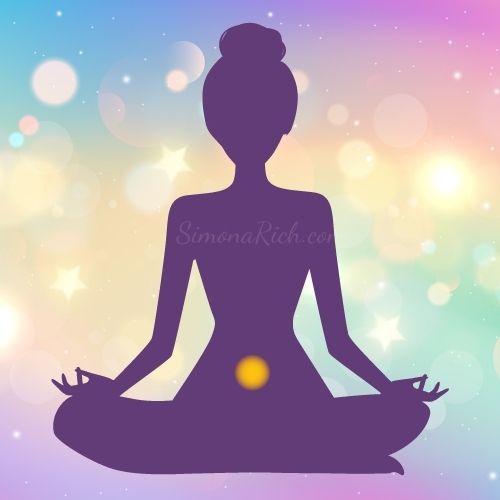
Located in the lower abdomen, just below the navel, the sacral chakra is regarded as the second energy center in the traditional chakra system.
It is associated with the element of water, symbolizing fluidity, adaptability, and emotional flow.
The sacral chakra’s Sanskrit name, Svadhisthana, translates to “one’s own abode,” highlighting its role in connecting individuals with their inner selves and creative essence.
According to Anodea Judith, a renowned expert in chakra psychology, the sacral chakra is closely tied to emotions, sensuality, and the ability to experience pleasure. In her book “Eastern Body, Western Mind,” Judith emphasizes the sacral chakra’s influence on relationships, creativity, and the exploration of desires. [1]
Sacral Chakra Meaning: The Creative Force Within
One of the most notable attributes of the sacral chakra is its association with creativity.
This creative force extends beyond traditional artistic pursuits and encompasses innovative thinking, problem-solving, and the ability to manifest your desires.
The sacral chakra is the one responsible for channeling creativity and passion, and it gives a unique signature to your approach to work and life.
The Meaning of Sacral Chakra: Emotional Balance and Healing
A balanced sacral chakra is crucial for emotional well-being. When this chakra is open and functioning harmoniously, it allows emotions to flow freely and without suppression.
This, in turn, fosters emotional intelligence and the ability to manage and understand one’s feelings.
Dr. Judith Orloff, a psychiatrist and intuitive healer, points out that a balanced sacral chakra enables individuals to embrace their emotions while avoiding emotional extremes. [3]
Sacral Chakra Meaning: Imbalances and Their Impact
Imbalances within the sacral chakra can have significant implications for an individual’s overall well-being.
An overactive sacral chakra might lead to excessive emotional fluctuations, impulsive behavior, and an inability to focus on practical matters.
On the other hand, an underactive sacral chakra can result in emotional numbness, a lack of creativity, and challenges in forming intimate relationships.
As Dr. Anodea Judith explains, healing imbalances in the sacral chakra often involves addressing past traumas or suppressed emotions that may be hindering its proper function. [1]
What also helps is the use of certain essential oils and gemstones.
Sacral Chakra Balancing Essential Oils


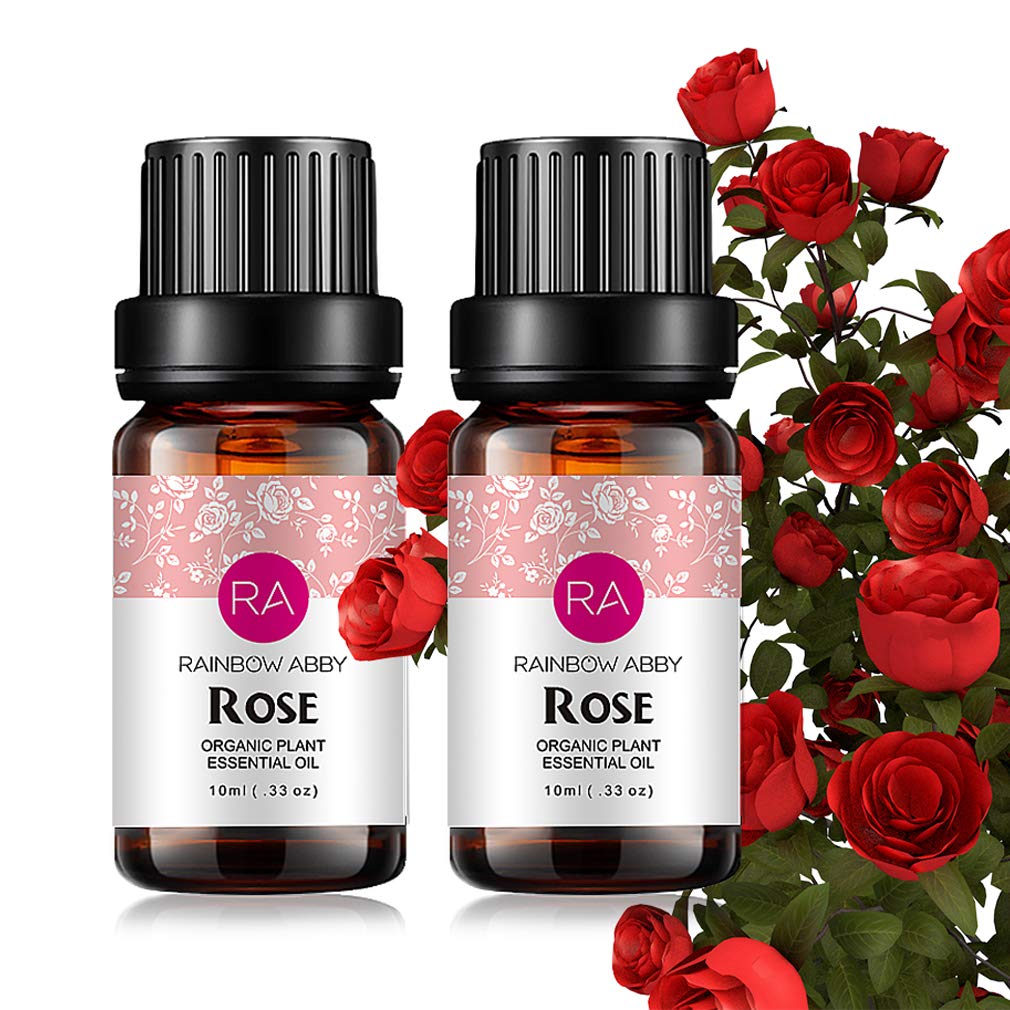

Healing and Balancing Practices
Various holistic practices can aid in healing and balancing the sacral chakra. Yoga postures such as hip-opening asanas and dynamic movements can stimulate energy flow in the sacral region.
Meditation and visualization techniques, when combined with breathwork, can help release emotional blockages and promote balance.
Aromatherapy, utilizing essential oils like sweet orange, ylang-ylang, and sandalwood, can stimulate the senses and promote emotional healing.
Crystal healing, with stones such as carnelian and orange calcite, resonate with the sacral chakra’s vibrational frequency, aiding in its alignment.
In her book “The Wheels of Life,” Anodea Judith emphasizes the importance of nurturing the sacral chakra for overall well-being.
She emphasizes the role of pleasure and emotional connection in our lives, explaining that a balanced sacral chakra allows us to experience the richness of life fully. [3]
Sacral Chakra Balancing Gemstones
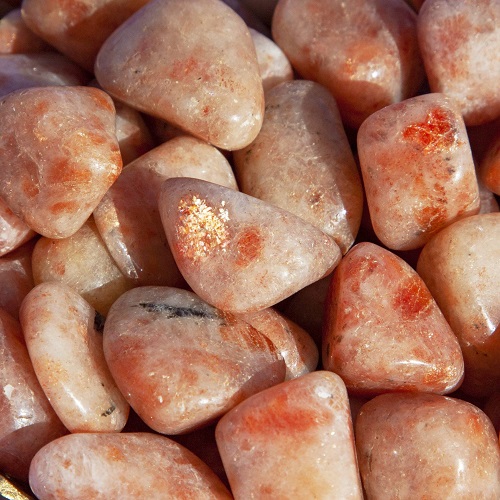


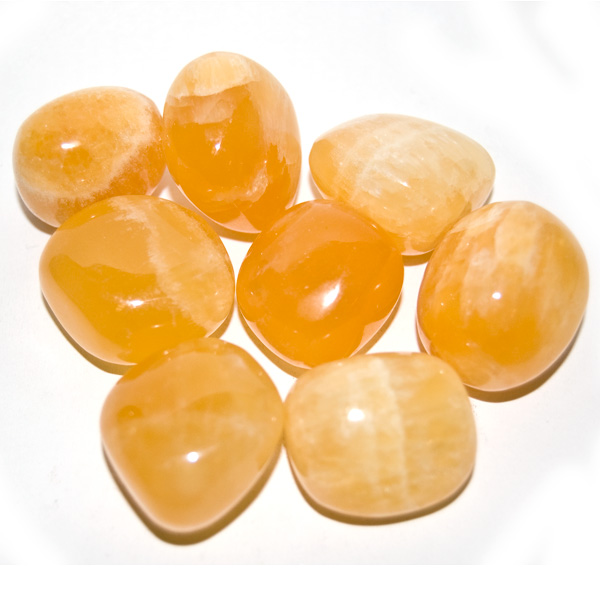
Sacral Chakra Symbol Meaning
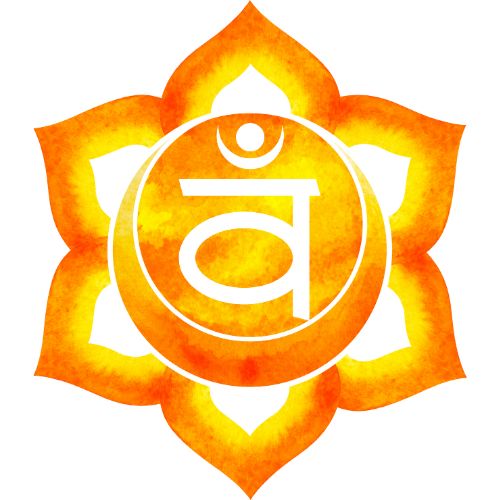
The symbol of the sacral chakra consists of a lotus flower with six orange petals.
Here’s an explanation of its components and their meanings:
- Orange Color: Orange represents creativity, emotions, and the sensual aspects of life. It signifies warmth, enthusiasm, and the flow of energy in relationships and creative endeavors.
- Lotus Flower: The lotus flower is a common symbol in spiritual traditions, representing growth, purity, and enlightenment. In the context of the sacral chakra, the lotus signifies the blossoming of creativity, emotions, and the sensual self. The unfolding petals symbolize the opening of our emotional and creative energy centers.
- Six Petals: The six petals surrounding the lotus represent the six primary qualities associated with the sacral chakra. These qualities include desire, pleasure, sexuality, procreation, connection, and flow. The petals symbolize the different aspects of human experience that are influenced by the energy of the sacral chakra.
Conclusion
The sacral chakra serves as a potent energy center, impacting creativity, emotional intelligence, and sensuality.
Through various practices and techniques, individuals can work towards healing and balancing this chakra, thus unlocking their creative potential and gaining emotional equilibrium.
As authors like Anodea Judith remind us, ensuring the health of one’s sacral chakra can lead to a more enriched and fulfilling life.
Recommended Reading

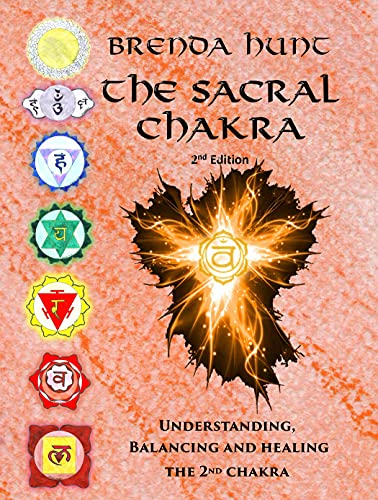
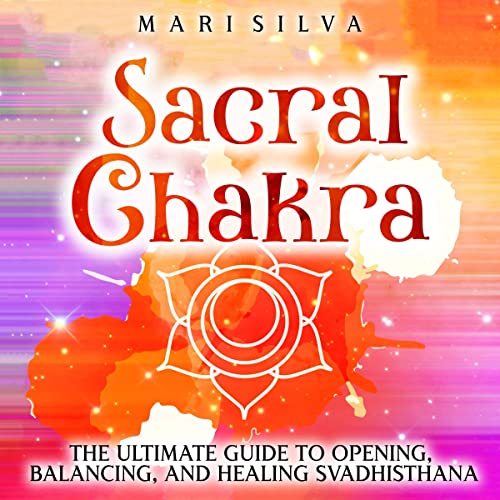
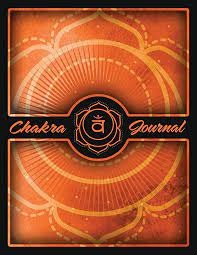
Sources
- Judith, Anodea. “Eastern Body, Western Mind: Psychology and the Chakra System as a Path to the Self”.
- Orloff, Judith. “The Empath’s Survival Guide: Life Strategies for Sensitive People”.
- Judith, Anodea. “The Wheels of Life: A User’s Guide to the Chakra System”.

